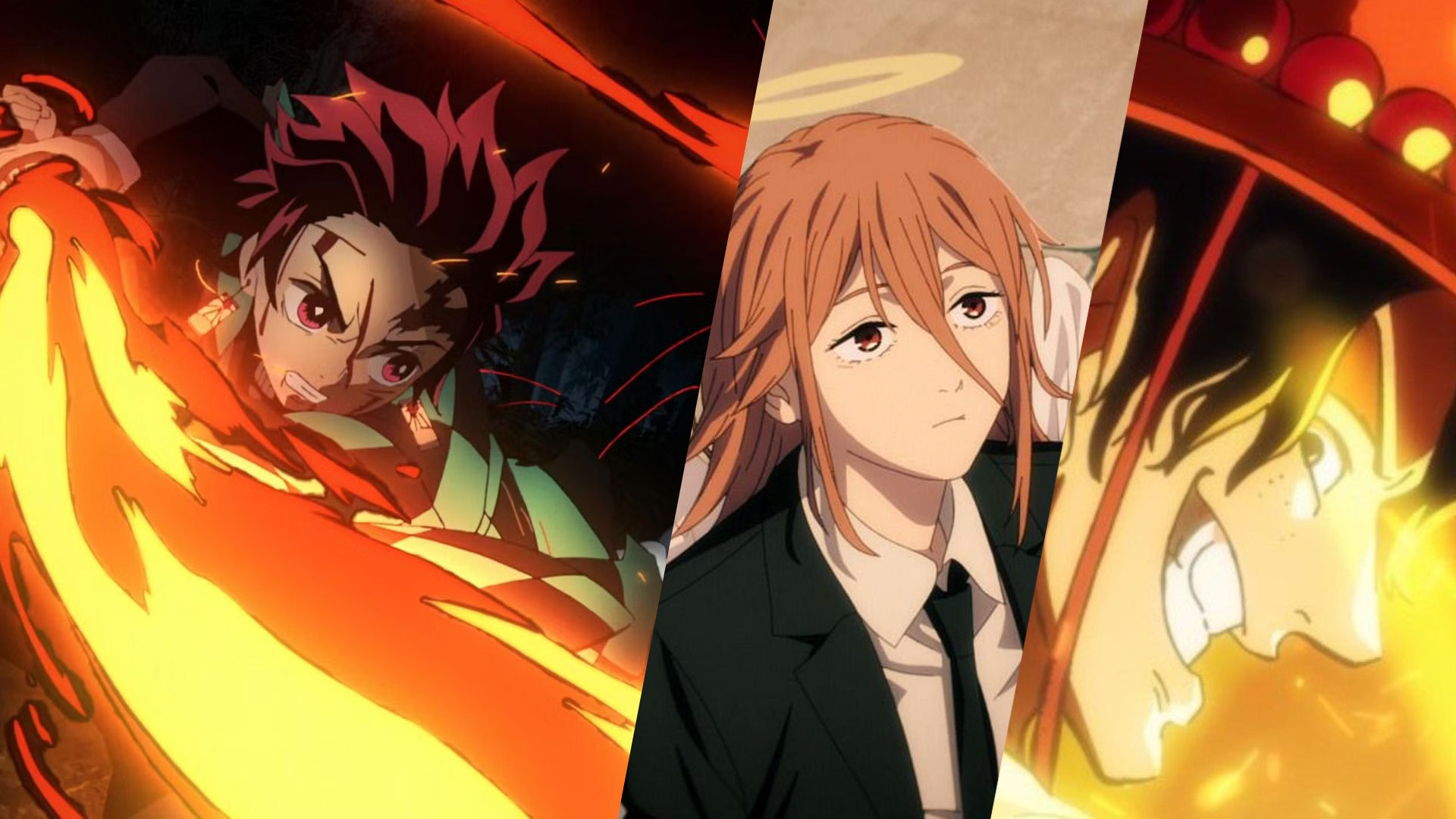There are some numbers involved in explaining who is stronger.
Battle shounen series usually rely on the power scaling systems that allow the author and the readers to understand where the characters stand in the power hierarchy. There's usually someone on top, one who the protagonist tries to reach — or the protagonist themselves end up being on the top initially yet are facing enemies that are going beyond the scale and surpassing them.
In any way, the power scaling system most of the time adds clarity and makes the lore more pronounced and easily understandable.
Some authors put a lot of thought into their power systems, and we've got a list of some of the most thought-through scales in a shounen series here.
10. Devils — Chainsaw Man
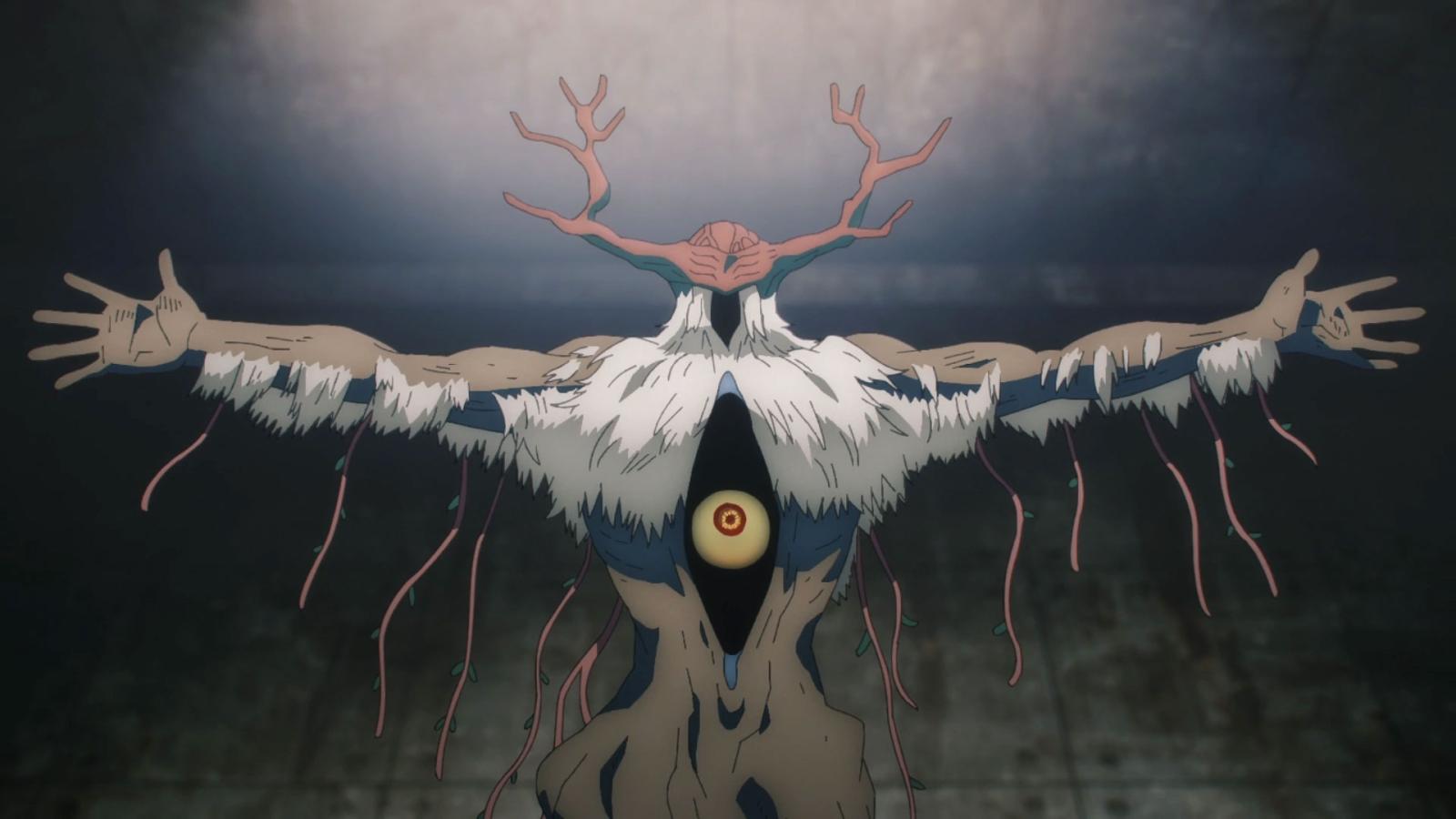
It's a very popular concept — where the power of the supernatural being depends on how many people believe in them. This concept is often used in urban fantasy revolving around gods or fairies in the Western media (see American Gods, for example), but it's also the basis of the Devils in Chainsaw Man. Devils are born from the fears of humans, and their strength depends on the collective fear towards them. Some devils possess human bodies, others strike some sort of a contract with the human vessels through which they can channel their power. This system is also rooted in a way in Japanese urban legends and provides a lot of interesting aspects to the character development.
9. Cursed Energy — Jujutsu Kaisen
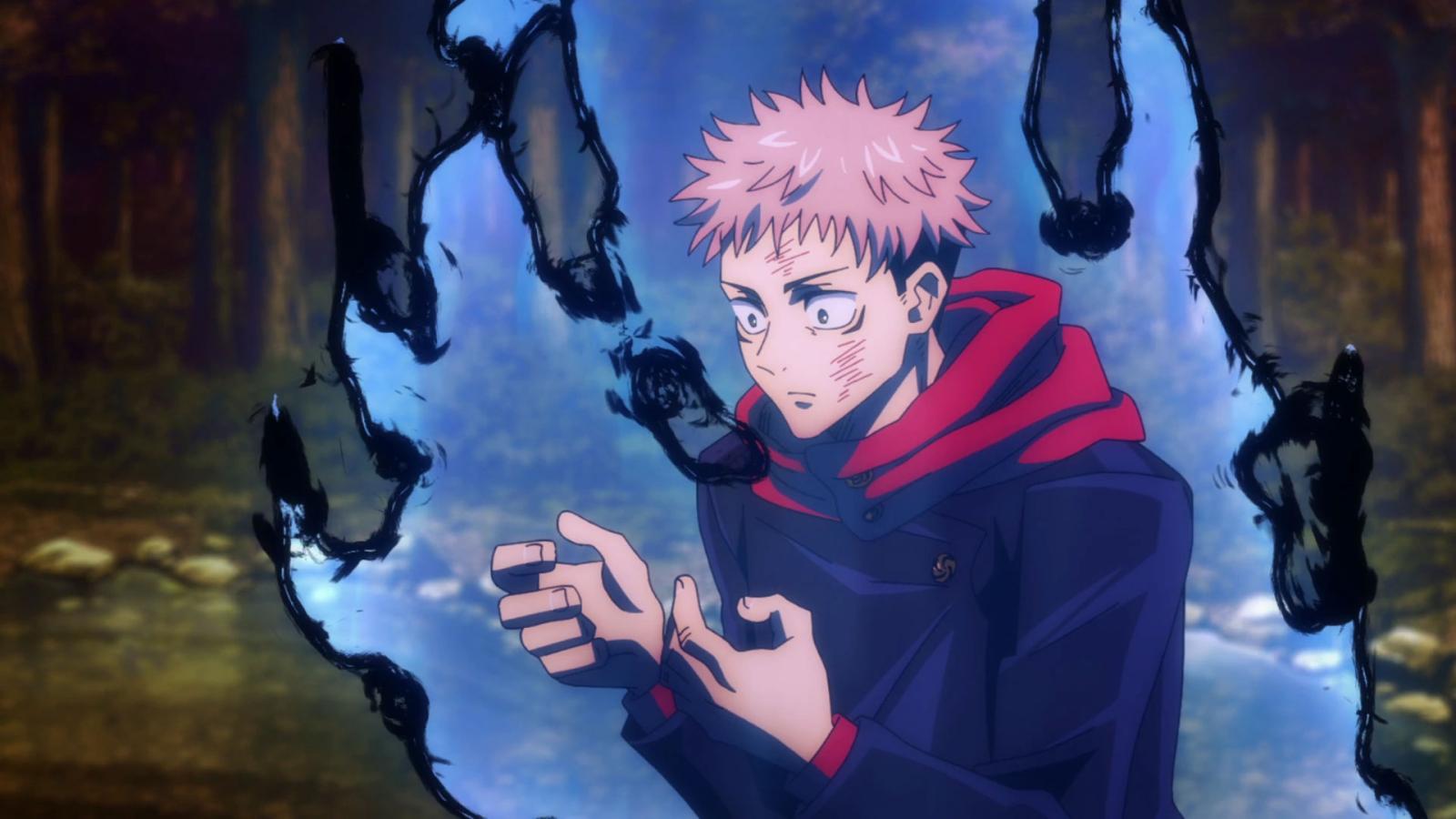
Another power system that is nestled in negative emotions, cursed energy is fueled by anger, pain, and bitterness, and when a person gets too much of cursed energy, they can see curses themselves — which are the manifestations of the cursed energy. Users of this energy possess a lot of it and can manipulate it to use cursed techniques in order to eradicate curses.
8. Rukh — Magi
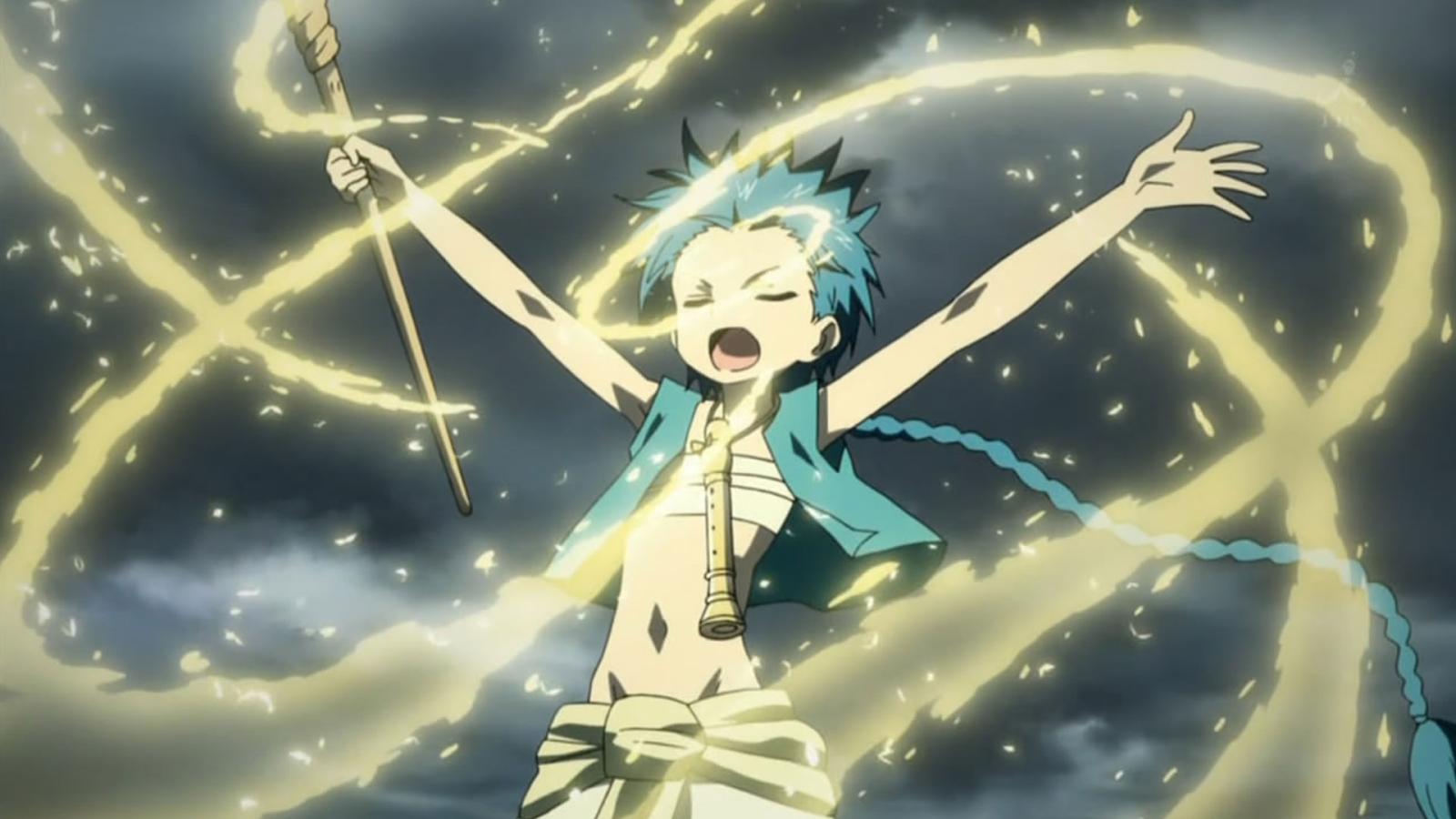
Magi is a compelling fantasy anime that has a huge tournament arc in which the intricacies of its power system, Rukh, are carefully explained. This power is a cluster of small creatures resembling birds that can be controlled by magicians and manipulated in powerful spells. It's said that dying souls are going back to being rukh, and the whole concept revolves heavily around fate and its acceptance. The ability to manipulate large amounts of rukh makes the magician stronger.
7. Alchemy — Fullmetal Alchemist
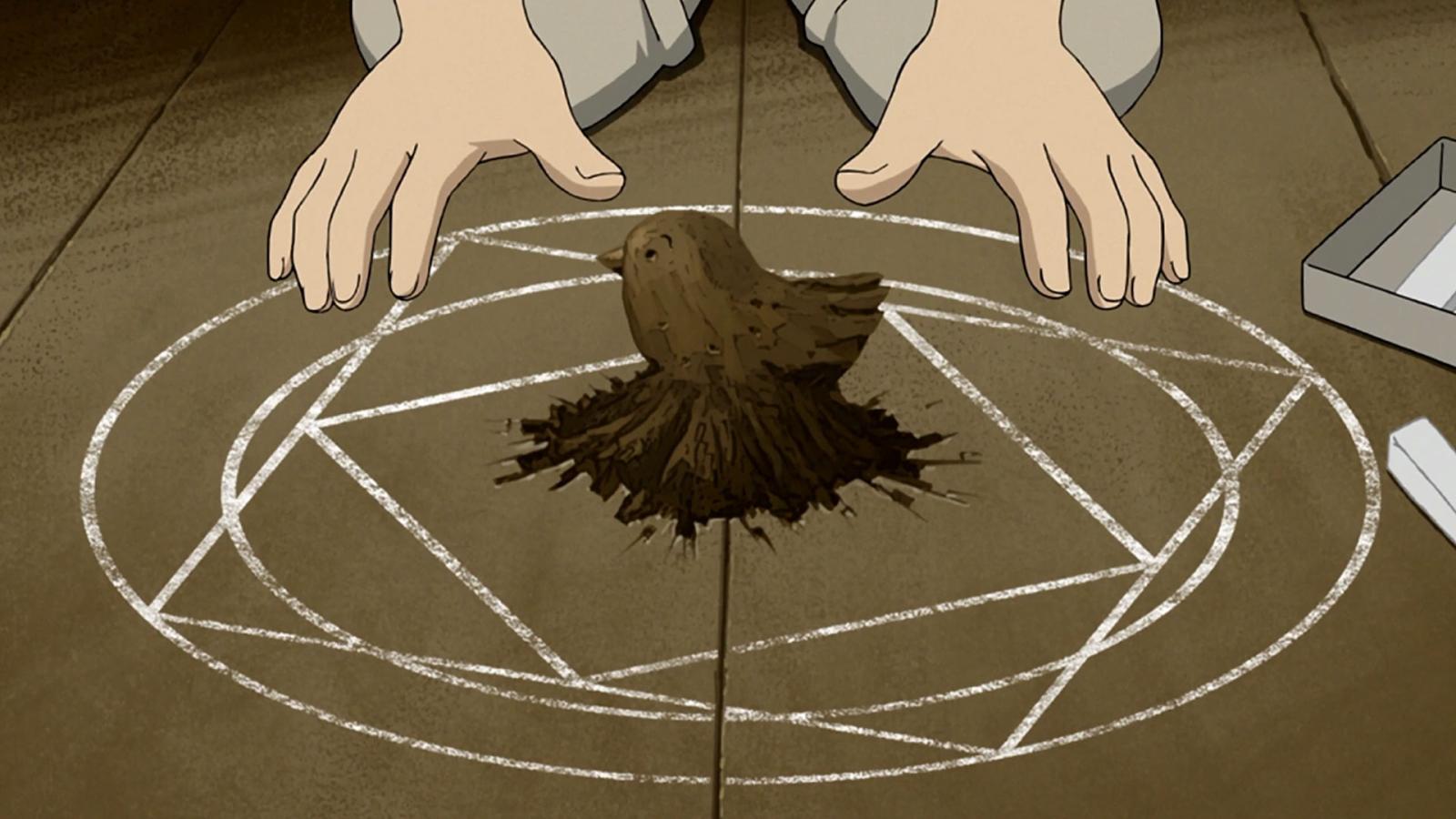
The most science-based power system here, the most logical, albeit not without some idealization. This power system revolves around matter manipulation through transmutation. It's a delicate art, one that shows the perils of handling it wrongly very early in the series, and one that rewards those who were able to master it greatly. It requires a lot of time to learn to apply it properly, so being just talented wouldn't work.
6. Breathing Styles — Demon Slayer
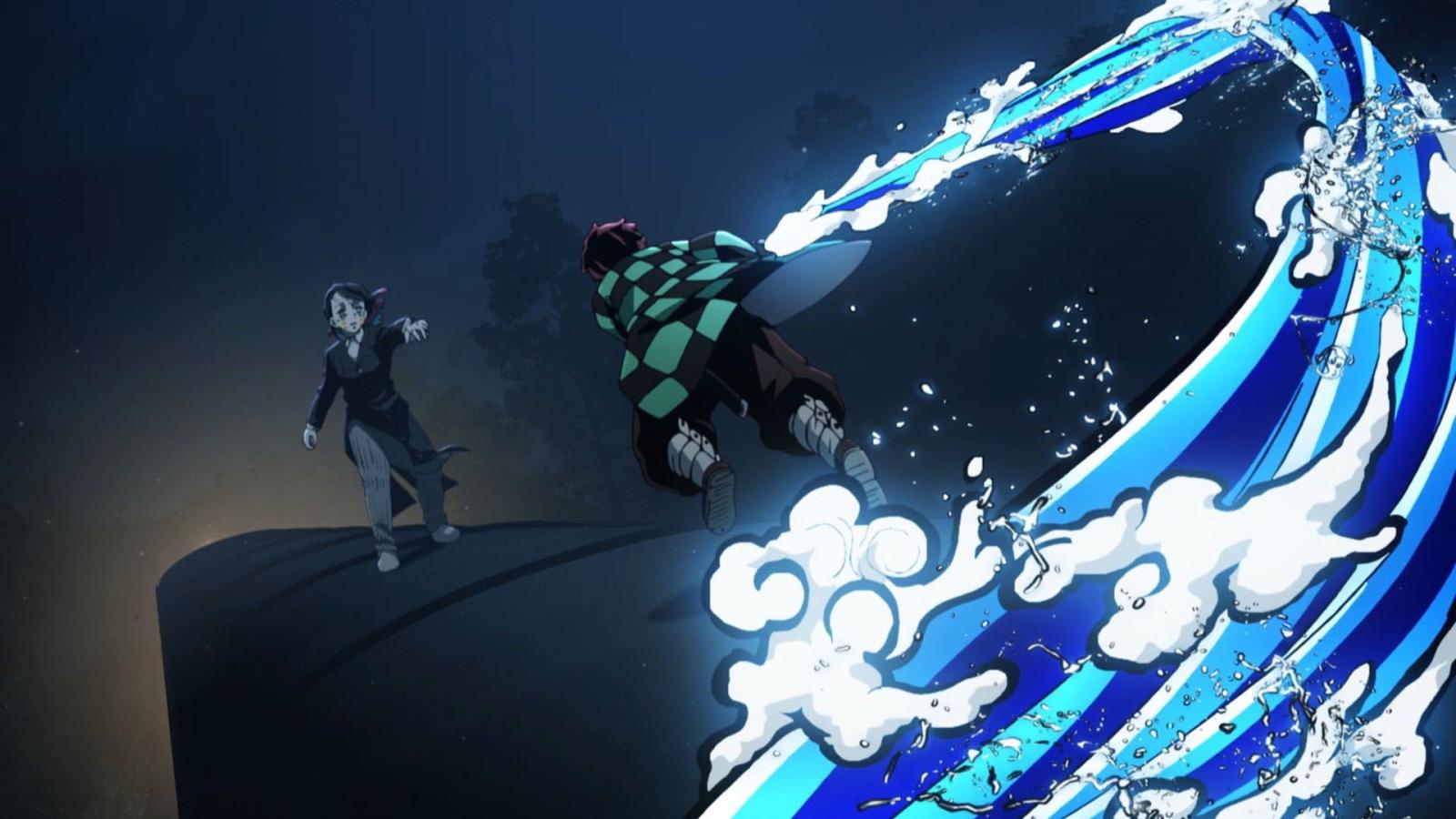
It's a name for swordsmanship with special effects. Certain breathing techniques mimic certain natural elements and are taught in Demon Slayer Corps, however, there are some creatures who developed their own styles. The development of breathing techniques led to the creation of new styles fitting weapons other than swords.
5. Stands — Jojo's Bizarre Adventure

Stand is an external manifestation of its user's life energy, one that's capable of performing supernatural stunts. Sometimes they represent the user's fighting spirit. The abilities can be utilized either for good or for evil — depending on the user. The abilities of stands are practically limitless and include manipulations of body, elements, time, space, weather, and so on. The only thing that's impossible to the Stand is to bring someone back to life.
4. Quirks — My Hero Academia
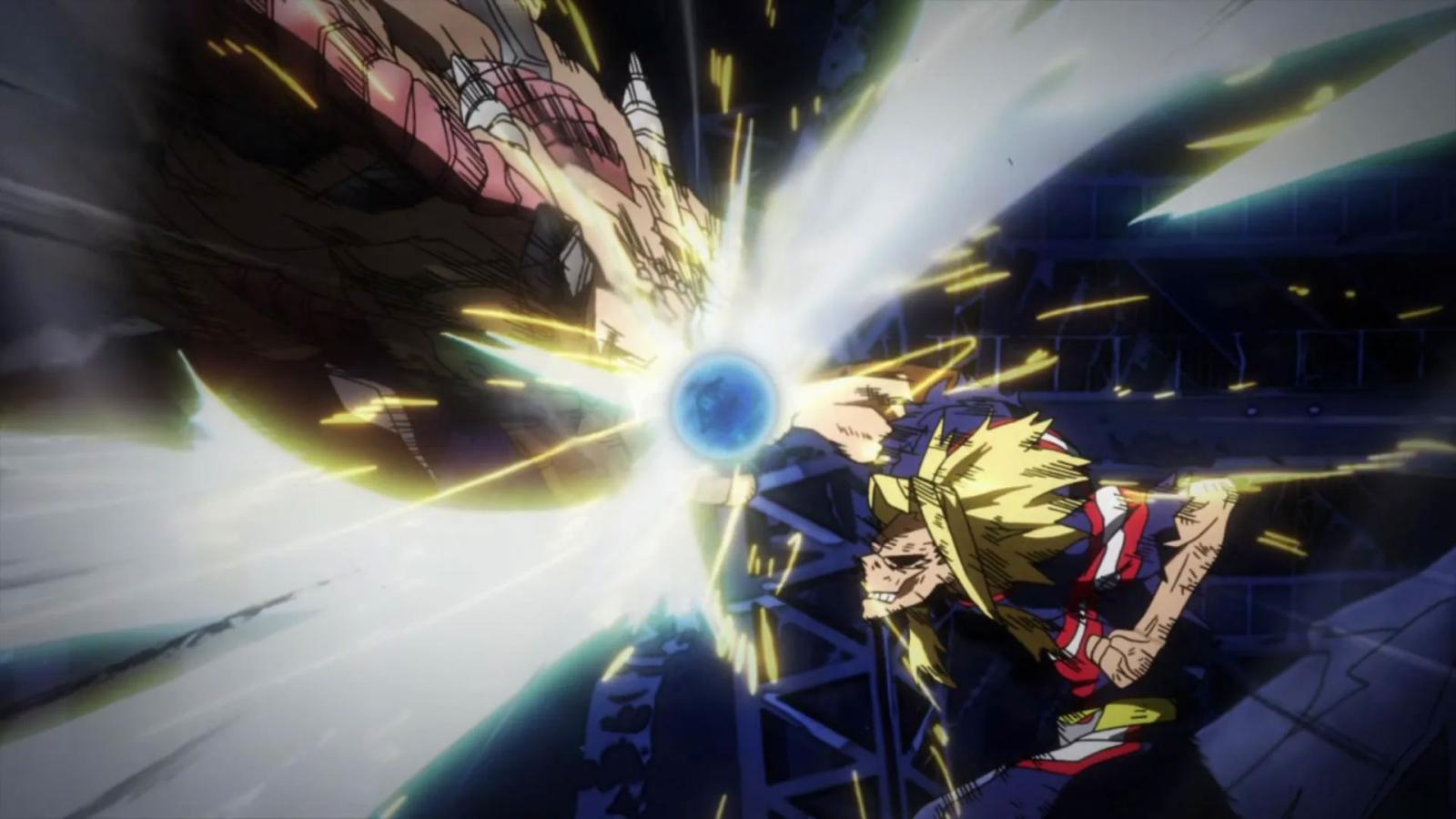
One of the most diverse power systems, Quirks are the superhuman abilities that around 80% of the population in the lore of My Hero Academia have: they were born with it. There are different types of Quirks — one of the examples is a mutant quirk that makes its owners look different from humans and puts a strain on society.
3. Nen — Hunter x Hunter

In Hunter x Hunter nen is a power that allows the person to manipulate their aura to use it during the hunts. The consequences of using nen are quite severe, and the abilities it can grant its user are strong, so it's kept secret from the general public. Nen users train to properly control their aura flow, keep their aura nodes open and closed at the right moments, and sense other auras around. Auras can be used for attacks and for defense, as well as for healing, lending, or manipulation. Nen users have six types of auras that correlate to specific nen types, and each type has both benefits and downsides.
2. Dying Will Flames — Reborn!

In a way the power system in Reborn! resembles the one in Hunter x Hunter: it uses 7 different types of flames based on different attributes of the sky, and everyone belongs to at least one type of flame depending on their behavior. To use the flames the person needs a mafia ring that can hold the power of the flames, but that's not all: the rings are powered by the unshakeable resolve to use the flames. Hence the name: Dying Will Flames alight only when the person is willing to put their life on the line in order to use them. Each flame has its priorities, and depending on the user and their skill there's never a clear winner in a fight.
1. Devil Fruit and Haki — One Piece
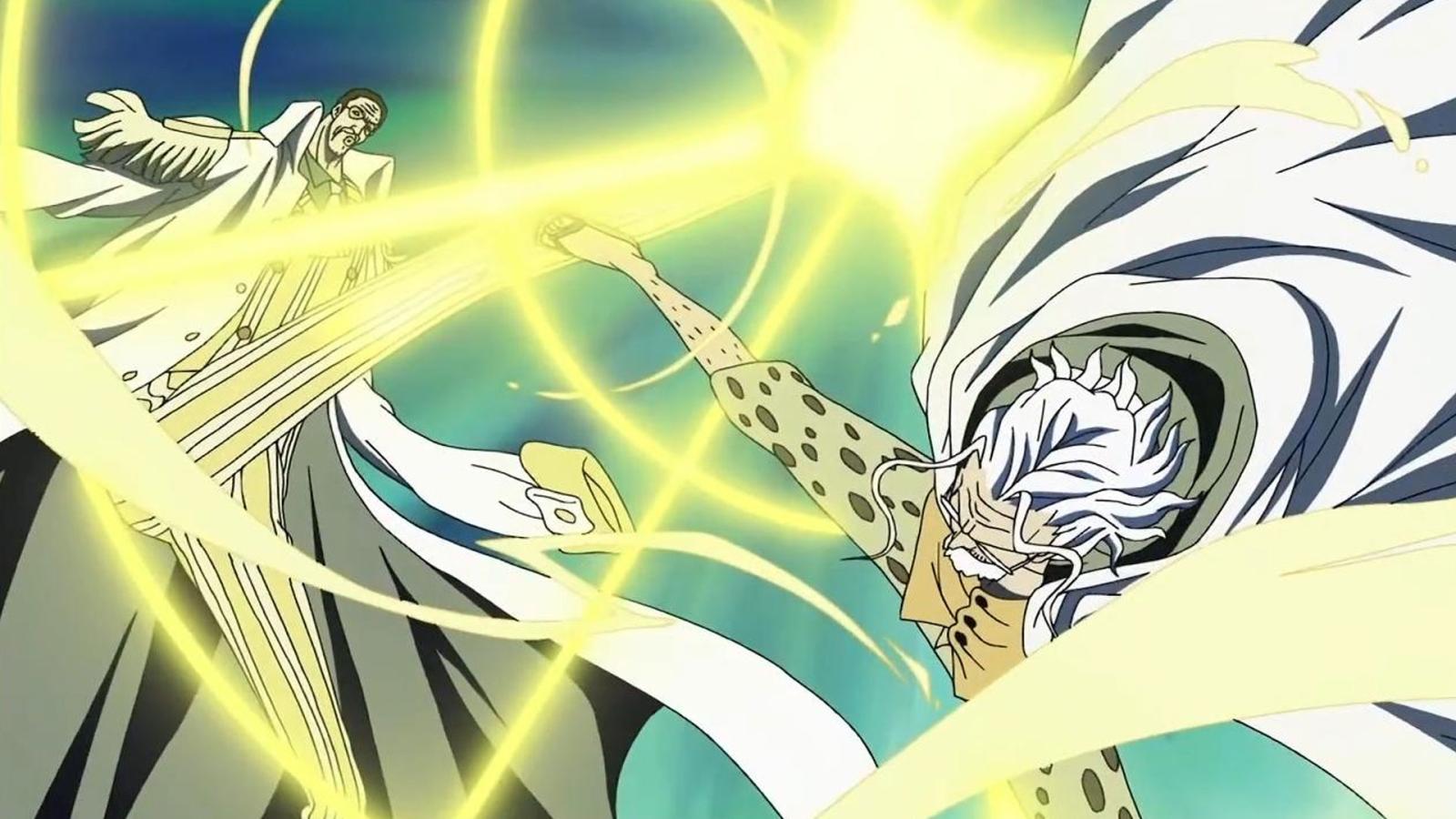
One Piece has not one but two power systems that exist separately. One that we are introduced to from the earliest chapters is Devil Fruits — unique fruits that grant special powers to those who eat them. The abilities can differ from giving the eater animalistic features and changing the limits of their physical bodies to letting them control some elements. The downside is that those who ate Devil Fruits permanently lose their ability to swim.
The other power system is Haki: this one utilizes the person's spiritual energy to predict the opponent's moves, add a bit of physical power, or take control of the will of the others. Some characters can use the power of Devil Fruits and Haki simultaneously.

